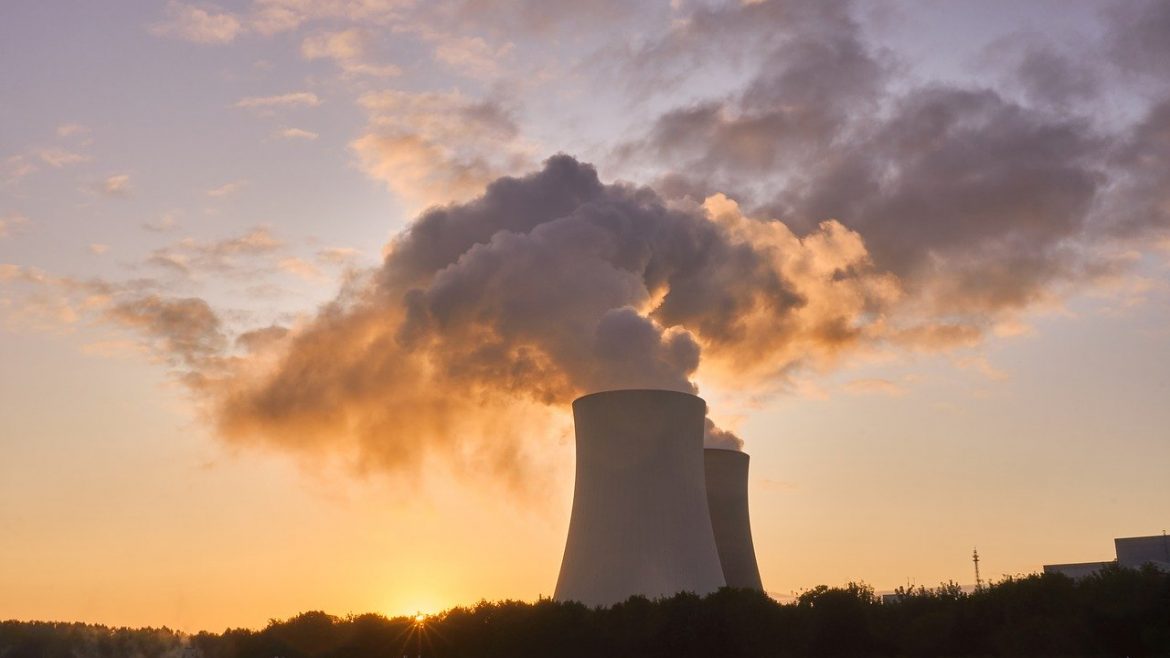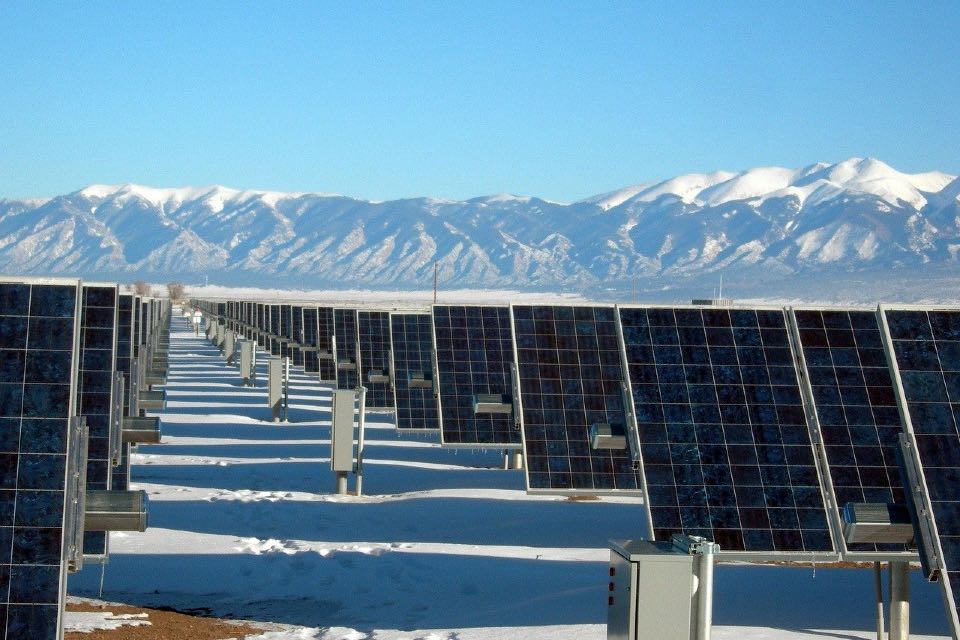Oxford-led greenhouse gas removal initiative receives £30m
https://energymanagementsummit.co.uk/wp-content/uploads/2019/02/Carbon-Management.jpg 960 640 Stuart O'Brien Stuart O'Brien https://secure.gravatar.com/avatar/81af0597d5c9bfe2231f1397b411745a?s=96&d=mm&r=gResearch teams across the UK, coordinated by University of Oxford experts, have been chosen to probe innovative ways of removing greenhouse gases to help to stabilise the climate.
Encompassing a dozen universities and with funding for nearly five years, this is the UK Government’s largest-ever research programme to understand and scale-up greenhouse gas removal (GGR) techniques. The programme consists of five GGR demonstration projects around the country and a Directorate Hub. The work commences this month.
The Oxford-led consortium – named CO2RE – has been chosen as the Directorate Hub to coordinate the national programme. The CO2RE Hub will have a strong research function and will also liaise with the demonstrators, business, policymakers and publics to evaluate a variety of approaches to removal.
Unlike techniques to reduce emissions at source, GGR aims to capture and remove CO2 and other greenhouse gases already in the air. Achieving net zero requires dramatic reductions in emissions, but it also requires GGR.
This year, the UK Government is hosting the COP26 climate negotiations in Glasgow and is expected to set out its plans for reaching net zero emissions by 2050. The role of the CO2RE Hub will be critical in bringing together leading UK academics, building a GGR community and catalysing more ambitious climate action.
Leading the multi-disciplinary Oxford Hub will be Professor Cameron Hepburn, Director of the Smith School of Enterprise and the Environment. He said: “Greenhouse gas removal is essential to achieve net zero carbon emissions and stabilise the climate. Alongside the need for much faster emissions reductions now, we also need to start pulling CO2 out of the atmosphere.
“Greenhouse gas removal is not only essential, it also has the potential to become big business. As we rebuild societies and economies following Covid-19, we have an opportunity to orient ourselves towards the green jobs and industries of the future. I’m delighted that UKRI is supporting such a strategic programme.”
Professor Patrick Grant, Oxford’s Pro Vice-Chancellor for Research added: “The CO2RE Hub enables researchers across social and physical sciences to co-ordinate the vitally important GGR Programme for UKRI and BEIS.
“Working with the five Demonstrator technologies, and our partner universities at Bristol, Edinburgh, Leeds, London (UCL, Imperial College), and Manchester, the consortium will conduct the solutions-led research required to develop and evaluate a balanced portfolio of economically, socially and environmentally scalable GGR options.
“Crucially CO2RE will provide policy design options and business models to ensure GGR technologies are developed within a viable economic and political landscape. This investment, in conjunction with the Oxford Net Zero Initiative and the UK Centre for Greening Finance and Investment, means a comprehensive approach to informed climate action, and we look forward to working with international partners, JPI Climate and COP26 this year.”
Executive Director of Oxford Net Zero, Dr Steve Smith added: “This is a really exciting and important time to build a research hub for GGR. Ahead of COP26 we are seeing a wave of commitments to net zero emissions from governments, cities and companies, and also a raft of approaches to carbon removal starting up.
“Here in the UK, the Climate Change Committee predicts that reaching net zero by 2050 will require us to double the rate of carbon removal by natural landscapes, and to scale up industrial removals to the size of current emissions from electricity. Many questions of science, engineering, economics, governance and public engagement are still to be answered. We intend to tackle these, bringing people together from a range of disciplines and backgrounds, so that GGR contributes to ambitious, effective and sustainable climate action.”
Part of Oxford’s multi—disciplinary brief is to examine the legal, ethical and governance challenges of GGR. The Hub will:
1) Co-ordinate across the Programme
2) Connect to other relevant research programmes nationally & internationally
3) Conduct cross-cutting research relating to GGR
4) Commission of small grants through a flexible fund
CO2RE will provide flexible funding to help participants in the Greenhouse Gas Removal programme bridge gaps in research and engagement activities.










